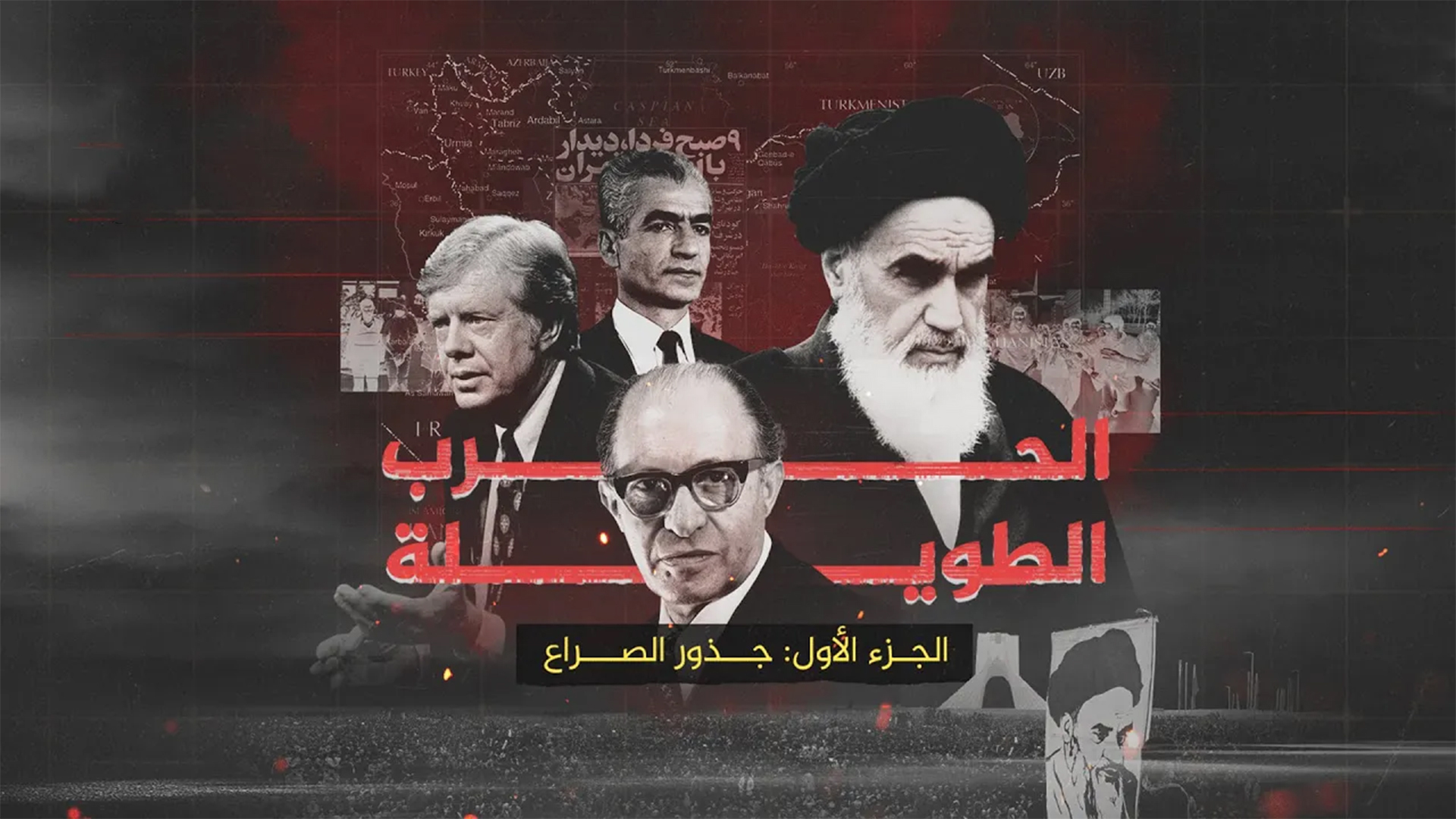Although they supported Shah Reza Pahlavi's regime and were Iran's closest allies, the United States of America and Israel turned, after the arrival of Imam Ayatollah Khomeini to power in 1979, to the fiercest enemies of the Islamic Republic in Iran, to fight Tehran on the one hand and Washington and Tel Aviv on the other since that time. An ideological and strategic war at the same time.
The documentary - which was broadcast by Al-Jazeera on Friday night (3/3/2023) - reviews the story of 40 years of intense hostility between the Islamic Republic of Iran and the United States and its ally in the region, Israel, and how relations between the three parties transformed from close relations and strategic partnership during the rule of the Shah. To constantly tense relations and proxy war after the victory of the Islamic Revolution in Iran.
A former head of the Mossad (1998-2002), Ephraim Halevy, says that relations between Tehran and Tel Aviv during the reign of the Shah were excellent, and many Israelis lived in Iran and helped it in many fields.
The head of Mossad operations in Iran, Eliezer Jesse Zafrir (1978-1979), also confirmed that Iran was the most important partner for Israel after the United States in terms of economic interests.
There was military cooperation between the United States and Iran during the reign of the Shah to keep Tehran within the Western camp.
But the situation changed after the victory of the Iranian revolution that broke out in 1978 and overthrew the monarchy that had been dominated by the Shah for 37 years, as Imam Khomeini returned to lead the country after 14 years he spent in exile.
The new regime cut off all ties with Israel after expelling the Israeli diplomatic mission and destroying parts of its headquarters.
In parallel with the departure of the members of the Israeli delegation, the Palestinian leader, Yasser Arafat, arrived in Iran at the invitation of Khomeini, to be received as a true head of state.
In a later step, Khomeini transformed the headquarters of the Israeli diplomatic mission into the headquarters of the Palestinian embassy.
As for the United States, it recognized the young Islamic Republic in Iran, although it was concerned about the type of possible relations with the new rulers in Tehran.
According to the testimony of CIA Director (2009-2011) Leon Panetta for the documentary, most Americans believed that the relationship with Tehran should continue as it was during the Shah's era.
However, the Americans' belief was dispelled when, on November 14, 1979, hundreds of Iranian students stormed the US embassy in Tehran and took 52 diplomats hostage, in an incident that the CIA director said proved that Washington was not ready to deal with the nature of Iran at that stage, and that the incident Iran was placed on top of the concerns that the United States had in the world.
With the succession of events and developments, it appeared that Iran's ambitions and interests are on a collision course with Washington and Tel Aviv.
The axis of Iran, Hezbollah and Syria
The documentary - entitled "The Long War: The Roots of the Conflict" - reviews the main stations of the tense relationship between Tehran on the one hand and Washington and Tel Aviv on the other, including the Israeli invasion of Lebanon and the emergence of the resistance movement in Lebanon.
Regarding these stations, Naim Qassem, Deputy Secretary-General of Hezbollah, confirms that at that stage they found that Imam Khomeini is the one who directly expresses the conviction in which they believe, and he mentioned that several Islamic movements that were present in Lebanon agreed and went to Iran and declared their allegiance to Khomeini to be a leader. They have a Wali al-Faqih, and Khomeini gave his blessing (and the words are not for Naim Qassem) and welcomed the move that would bring him closer to Israel in order to better fight it through new allies.
In the summer of 1982, Lebanese Shiite leaders met in Baalbek, eastern Lebanon, to establish a new organization to fight Israel with the support of the newly formed Iranian Revolutionary Guards.
To aid the new organization, Iran sent a few hundred Revolutionary Guards to the Bekaa Valley in the summer of 1982.
Later, an influential axis emerged in the Middle East, which is the axis of Iran, Hezbollah and Syria.

